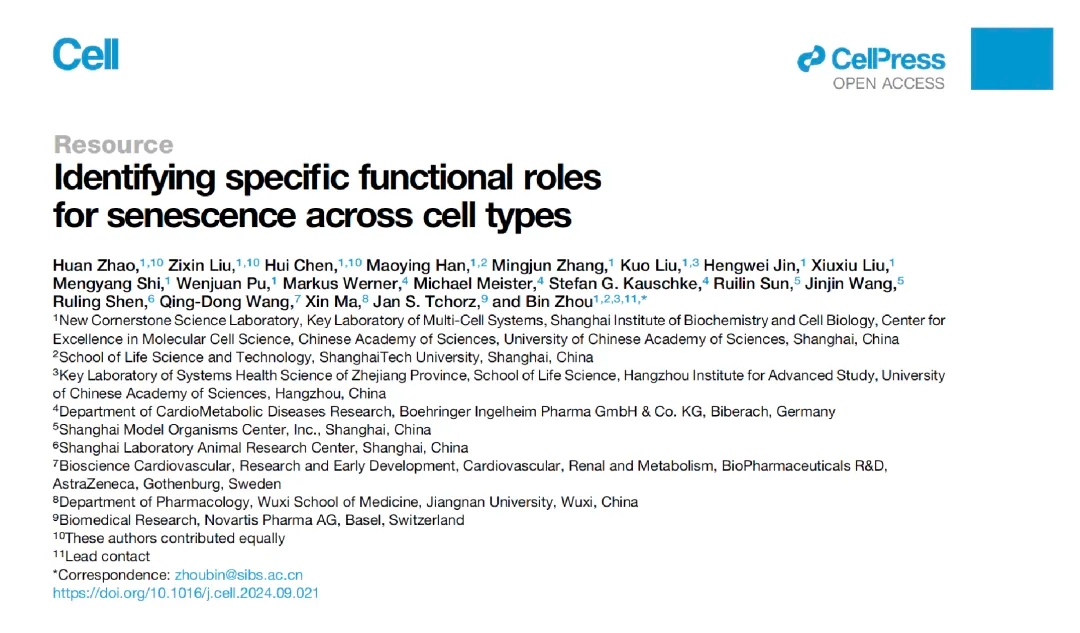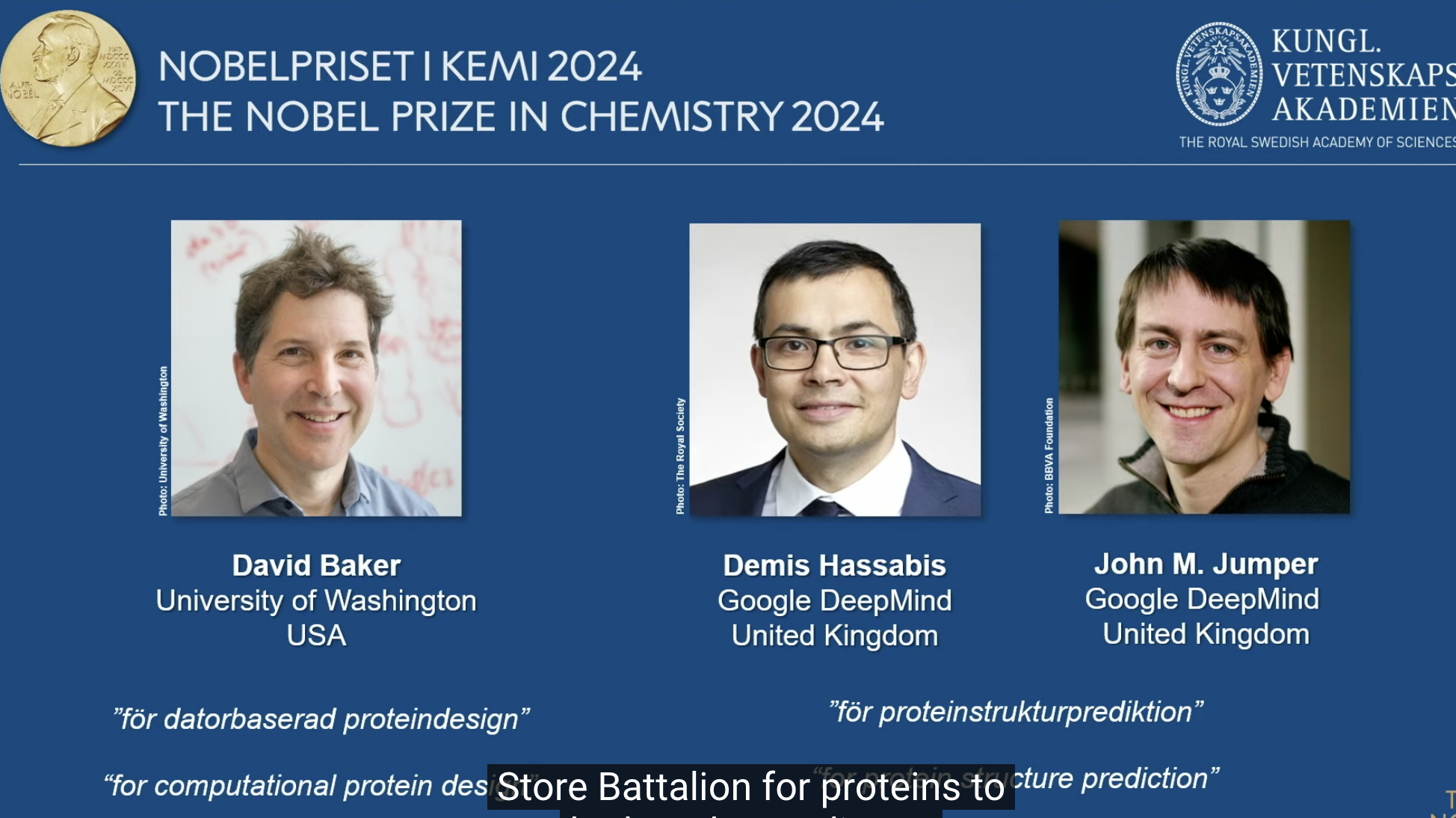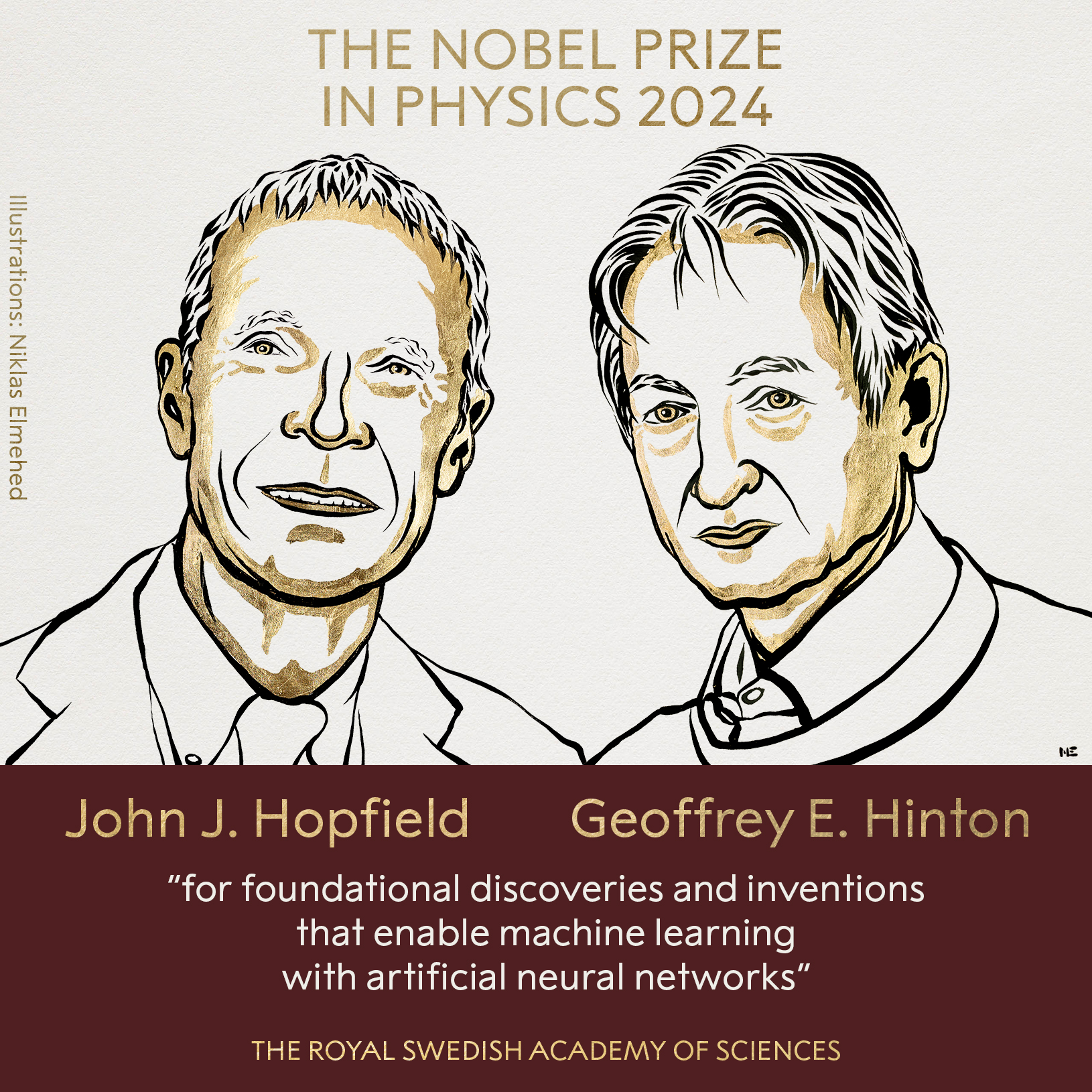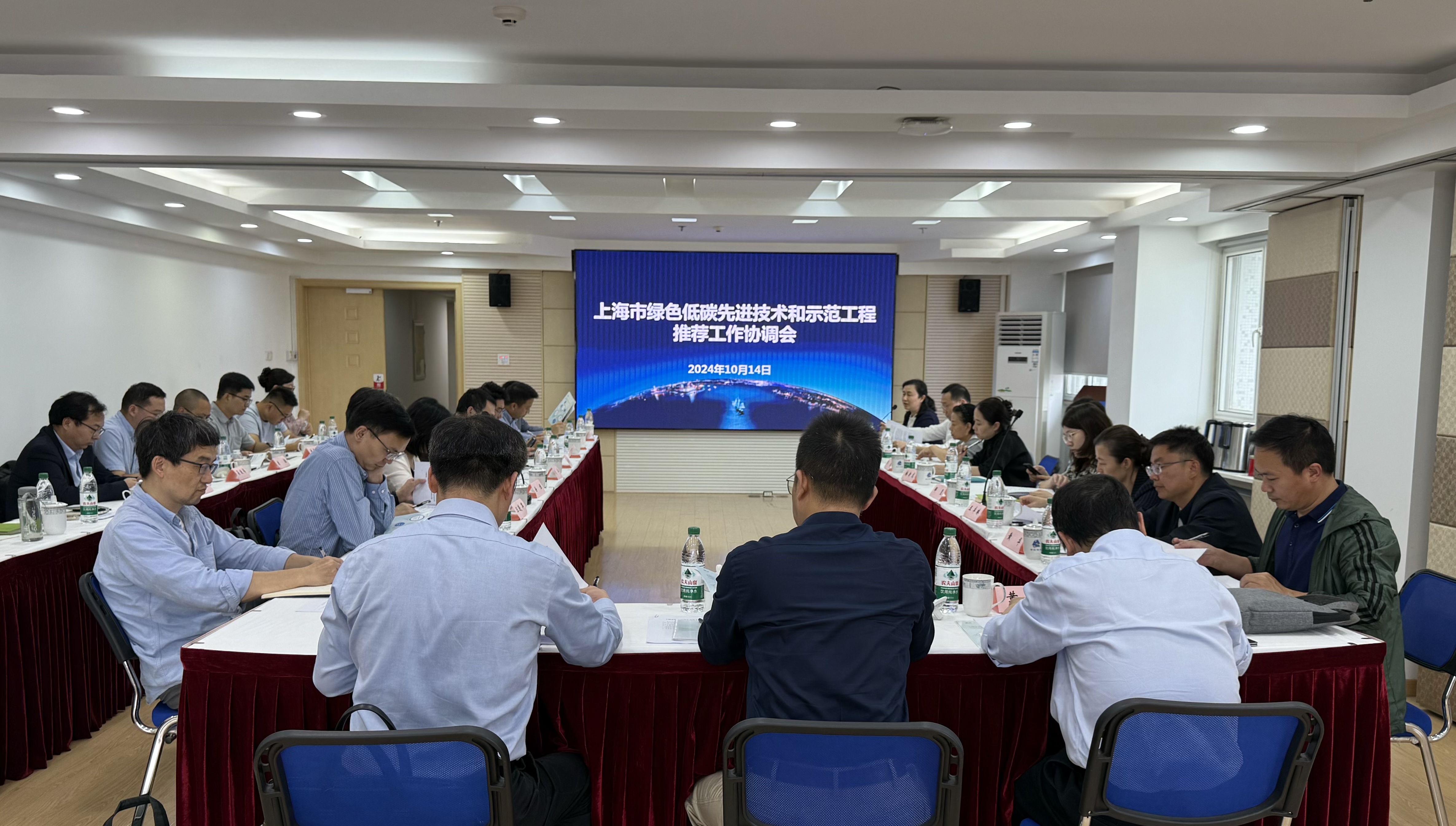On May 31, at the "2022 Beijing Zhiyuan Conference" hosted by Beijing Zhiyuan Artificial Intelligence Research Institute, Li Meng, Deputy Minister of Science and Technology, said that since the implementation of the "National New Generation Artificial Intelligence Development Plan" in 2017, China's artificial intelligence The rapid development of intelligence has initially formed an "application-oriented, scenario-driven" development ecology, and many important progress has been made in the basic theory of artificial intelligence and common key technologies. Whether it is the core algorithm model, or the underlying basic hardware and development framework, there are new breakthroughs. At the same time, relying on the advantages of China's application scenarios, China's artificial intelligence technology has empowered all walks of life, from the early exploratory development to the in-depth development, and a number of scientific research institutions and start-up enterprises have gradually developed and grown.
Li Meng said that the current development of artificial intelligence is at an important node, with many new features emerging, facing both development difficulties and opportunities for breakthroughs. There are many theoretical and practical issues that require scientists, entrepreneurs, and engineers to make research and judgment choices in order to promote artificial intelligence to a healthier development path.
For example, there are more diverse views on the development direction and route of artificial intelligence. Many institutions regard large models as the new direction of global artificial intelligence, showing great potential in breaking through bottlenecks such as generalization capabilities and industrial scale landing capabilities; The problem of adaptability in the scene is studied to achieve continuous and credible learning through the interaction between the agent and the environment. There are more and more discussions and explorations on the realization of brain-like intelligence and general artificial intelligence, and different academic propositions have been put forward.
For example, artificial intelligence has provided new means for scientific research, and has begun to show its talents in scientific research in the fields of physics and earth, chemistry and materials, life and medicine, etc., and has been used in protein structure prediction, drug discovery, and controllable nuclear fusion manipulation. It has shown important value on a series of cutting-edge issues. More attention needs to be paid to how to organize the cross-border integration between artificial intelligence and scientific discovery, and to strengthen the efficient allocation of R&D resources.
For example, scene-driven is becoming an important mode for innovative applications of artificial intelligence. Smart factories, smart ports, smart mines, and smart kitchens have entered people's field of vision and aroused people's expectations in various fields. However, at present, the application of a single technology is often relatively smooth, and the implementation of full-scene smart application business process reshaping face many challenges.
For example, how to meet the new needs of intelligent and low-carbon coordinated development. The technical route based on large computing power and large model consumes a lot of energy. It is necessary to study artificial intelligence model frameworks and algorithms with low computing power requirements, to study the underlying brain-like computing hardware with high energy efficiency and low power consumption, and to reduce repetitive homogeneous model training. The low-carbon approach promotes the development of artificial intelligence. At the same time, artificial intelligence researchers also need to study how to use artificial intelligence to solve different forms of new energy, the stability and robustness of clean energy supply, and make more efforts in building a more powerful smart grid.
For example, how to continuously ensure the supply of artificial intelligence funds for healthy development? Li Meng said that now the popularity of artificial intelligence venture capital has weakened, and the investment amount and frequency have both declined. However, projects with good technology, products and market capabilities are still hot spots for venture capital, and corporate valuations are also more rational. It is necessary to further guide the effective supply of investment in the field of artificial intelligence and promote the implementation of artificial intelligence scenarios.
For example, the ethical governance of artificial intelligence has entered the stage of practical implementation from more discussions. How to coordinate with scientific exploration and industrial application is a problem that must be handled well. This is a common responsibility placed in front of the scientific and technological interface of the government and enterprises.
Li Meng said that Beijing, especially the Zhongguancun Demonstration Zone, has a strong scientific and technological foundation, rich innovation resources, and active innovation subjects. It is the innovation highland of artificial intelligence in my country. The Ministry of Science and Technology and Beijing are jointly promoting the implementation of a new round of pilot reform in Zhongguancun, and accelerating the construction of a world-leading science and technology park. Building new advantages in Beijing's artificial intelligence development is an important arrangement. It is hoped that the ability and ecological construction will be strengthened so that the development of artificial intelligence will become the strategic fulcrum of the construction of Beijing International Science and Technology Innovation Center.
One is to strengthen the original innovation ability. Give full play to the advantages of Beijing's scientific and technological innovation talents and resources, forward-looking deployment of basic research on artificial intelligence, strengthen core technology research, and produce more original and leading scientific and technological achievements.
The second is to strengthen the creation of innovative ecology. Give full play to the policy advantages of the new round of pilot reform in Zhongguancun, make bold innovations in innovation chain collaboration, data opening, intellectual property protection, etc., and create a more friendly scientific research ecology, technology ecology and industrial ecology.
The third is to strengthen the construction of talent highland. Relying on high-level universities, scientific research institutes and new R&D institutions in Beijing, explore the discovery, training and utilization mechanism of top-notch scientific and technological talents in the field of artificial intelligence, cultivate young scientific and technological talents and innovative teams with international competitiveness, and cultivate and gather more high-level talents.
Fourth, strengthen international exchanges and cooperation. Focusing on the frontier theories of artificial intelligence, open source, standards and norms, ethical governance, etc., strengthen international exchanges and cooperation, jointly develop responsible and sustainable artificial intelligence, and build Beijing into an important node of the global artificial intelligence innovation network.
Li Meng said that the current development of artificial intelligence is at an important node, with many new features emerging, facing both development difficulties and opportunities for breakthroughs. There are many theoretical and practical issues that require scientists, entrepreneurs, and engineers to make research and judgment choices in order to promote artificial intelligence to a healthier development path.
For example, there are more diverse views on the development direction and route of artificial intelligence. Many institutions regard large models as the new direction of global artificial intelligence, showing great potential in breaking through bottlenecks such as generalization capabilities and industrial scale landing capabilities; The problem of adaptability in the scene is studied to achieve continuous and credible learning through the interaction between the agent and the environment. There are more and more discussions and explorations on the realization of brain-like intelligence and general artificial intelligence, and different academic propositions have been put forward.
For example, artificial intelligence has provided new means for scientific research, and has begun to show its talents in scientific research in the fields of physics and earth, chemistry and materials, life and medicine, etc., and has been used in protein structure prediction, drug discovery, and controllable nuclear fusion manipulation. It has shown important value on a series of cutting-edge issues. More attention needs to be paid to how to organize the cross-border integration between artificial intelligence and scientific discovery, and to strengthen the efficient allocation of R&D resources.
For example, scene-driven is becoming an important mode for innovative applications of artificial intelligence. Smart factories, smart ports, smart mines, and smart kitchens have entered people's field of vision and aroused people's expectations in various fields. However, at present, the application of a single technology is often relatively smooth, and the implementation of full-scene smart application business process reshaping face many challenges.
For example, how to meet the new needs of intelligent and low-carbon coordinated development. The technical route based on large computing power and large model consumes a lot of energy. It is necessary to study artificial intelligence model frameworks and algorithms with low computing power requirements, to study the underlying brain-like computing hardware with high energy efficiency and low power consumption, and to reduce repetitive homogeneous model training. The low-carbon approach promotes the development of artificial intelligence. At the same time, artificial intelligence researchers also need to study how to use artificial intelligence to solve different forms of new energy, the stability and robustness of clean energy supply, and make more efforts in building a more powerful smart grid.
For example, how to continuously ensure the supply of artificial intelligence funds for healthy development? Li Meng said that now the popularity of artificial intelligence venture capital has weakened, and the investment amount and frequency have both declined. However, projects with good technology, products and market capabilities are still hot spots for venture capital, and corporate valuations are also more rational. It is necessary to further guide the effective supply of investment in the field of artificial intelligence and promote the implementation of artificial intelligence scenarios.
For example, the ethical governance of artificial intelligence has entered the stage of practical implementation from more discussions. How to coordinate with scientific exploration and industrial application is a problem that must be handled well. This is a common responsibility placed in front of the scientific and technological interface of the government and enterprises.
Li Meng said that Beijing, especially the Zhongguancun Demonstration Zone, has a strong scientific and technological foundation, rich innovation resources, and active innovation subjects. It is the innovation highland of artificial intelligence in my country. The Ministry of Science and Technology and Beijing are jointly promoting the implementation of a new round of pilot reform in Zhongguancun, and accelerating the construction of a world-leading science and technology park. Building new advantages in Beijing's artificial intelligence development is an important arrangement. It is hoped that the ability and ecological construction will be strengthened so that the development of artificial intelligence will become the strategic fulcrum of the construction of Beijing International Science and Technology Innovation Center.
One is to strengthen the original innovation ability. Give full play to the advantages of Beijing's scientific and technological innovation talents and resources, forward-looking deployment of basic research on artificial intelligence, strengthen core technology research, and produce more original and leading scientific and technological achievements.
The second is to strengthen the creation of innovative ecology. Give full play to the policy advantages of the new round of pilot reform in Zhongguancun, make bold innovations in innovation chain collaboration, data opening, intellectual property protection, etc., and create a more friendly scientific research ecology, technology ecology and industrial ecology.
The third is to strengthen the construction of talent highland. Relying on high-level universities, scientific research institutes and new R&D institutions in Beijing, explore the discovery, training and utilization mechanism of top-notch scientific and technological talents in the field of artificial intelligence, cultivate young scientific and technological talents and innovative teams with international competitiveness, and cultivate and gather more high-level talents.
Fourth, strengthen international exchanges and cooperation. Focusing on the frontier theories of artificial intelligence, open source, standards and norms, ethical governance, etc., strengthen international exchanges and cooperation, jointly develop responsible and sustainable artificial intelligence, and build Beijing into an important node of the global artificial intelligence innovation network.










Comments